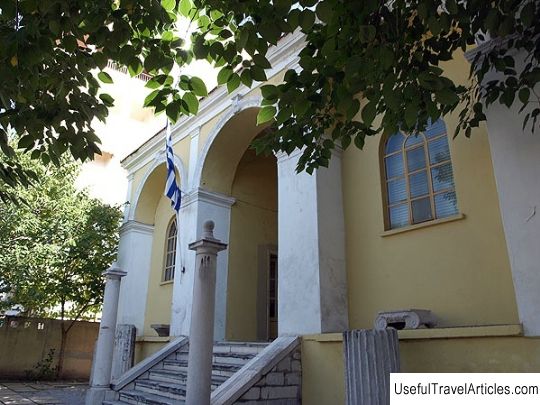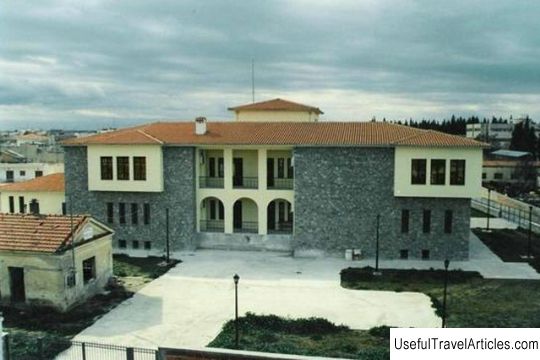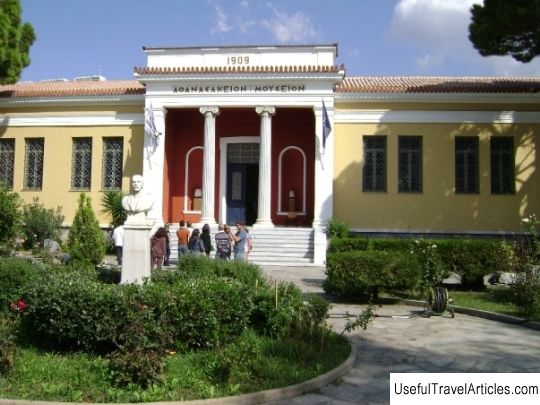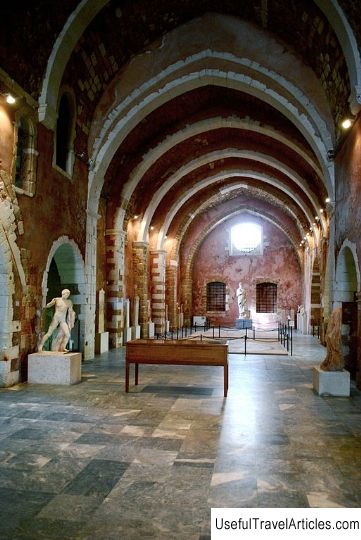Archaeological Museum description and photos - Greece: Larissa
Rating: 8,9/10 (6079 votes) 
Archaeological Museum description and photos - Greece: Larissa. Detailed information about the attraction. Description, photographs and a map showing the nearest significant objects. The name in English is Archaeological Museum. Photo and descriptionOne of the main attractions of the beautiful ancient Greek city of Larissa is the Archaeological Museum. Until recently, the most interesting exposition of the museum was located in the building of the mosque, which was built in the 19th century. Since 1924, when the mosque was no longer used for its intended purpose, its walls have become home to archaeological finds from all over the region (albeit only as a repository). The first permanent exhibition of the museum was opened here only in 1957. Since then, the exposition of the museum has significantly expanded and has become very popular among lovers of antiquities. The collection of the museum contains many ancient relics. Archaeological finds collected in the museum, cover an impressive period of time and offer visitors an insight into the distant past of Thessaly, from prehistoric times to the Byzantine period. The exposition of the museum presents important examples of prehistoric tools and ceramics (the pride of the museum is an impressive collection of objects from the Paleolithic and Neolithic periods), finds from the Bronze period, beautiful vases in geometric style, many funerary artifacts and architectural fragments from archaic times to the Byzantine period. Also on display are sculpture and ceramics from the classical period, Hellenistic and Roman sculptures, and more. Among the most interesting exhibits of the museum is an anthropomorphic stele (menhir) dating from 3300-2200. BC, clay model of a Neolithic house (5300-4800 BC), marble sculptures of dolphins, found in Trikala and a mosaic floor from the Roman period. Since January 23, 2012 the museum is temporarily closed due to its move to a new modern building. Its grand opening is planned for May 2013.         We also recommend reading Plague Column (Pestsaeule) description and photos - Austria: Vienna Topic: Archaeological Museum description and photos - Greece: Larissa. |




